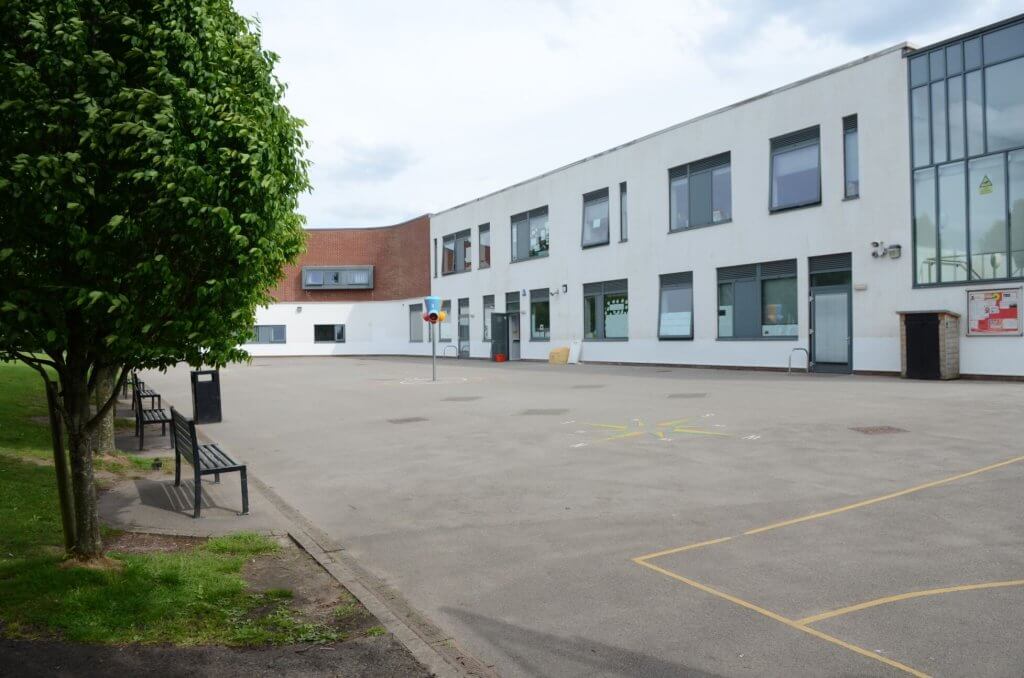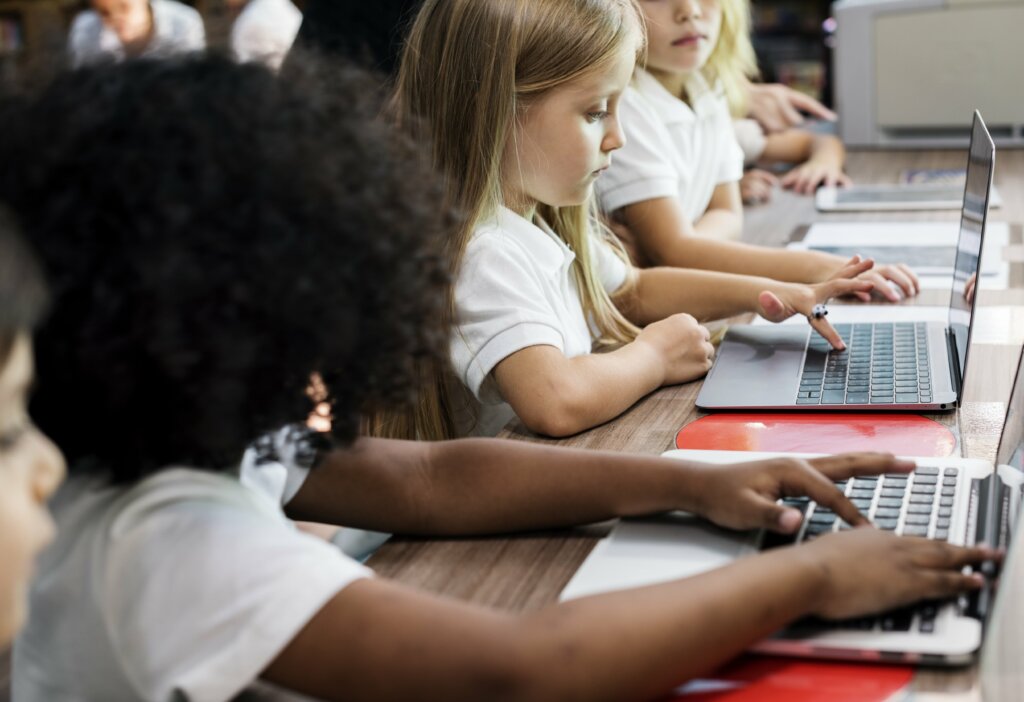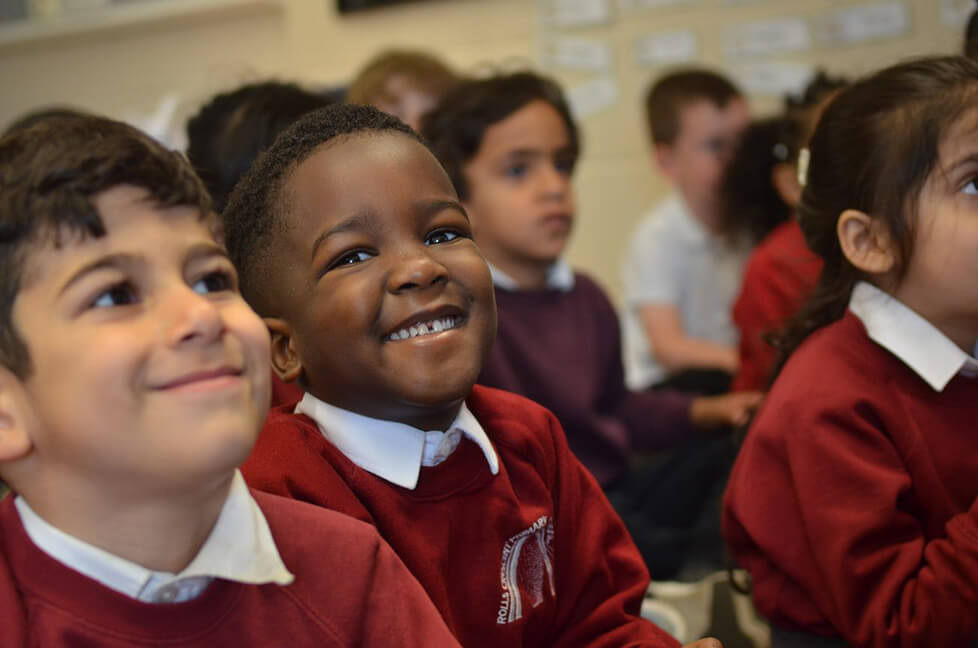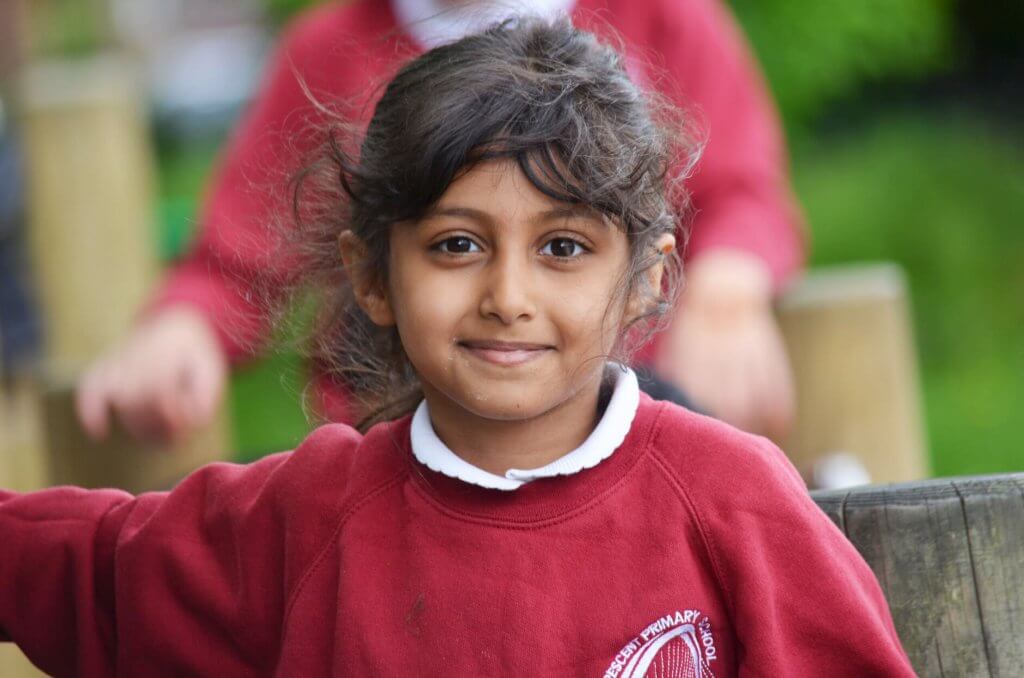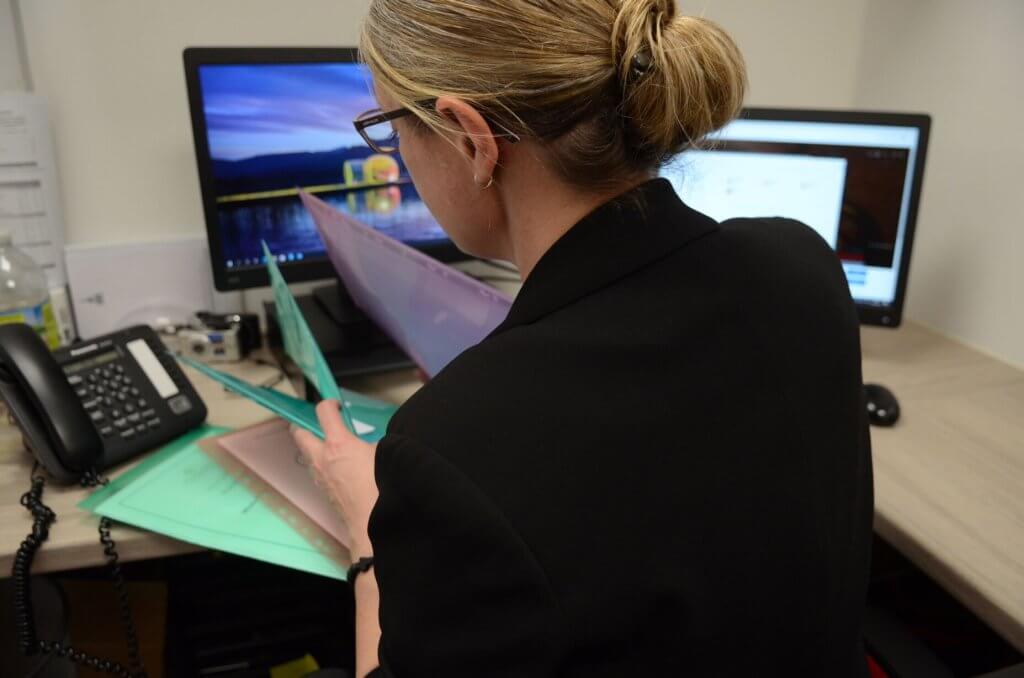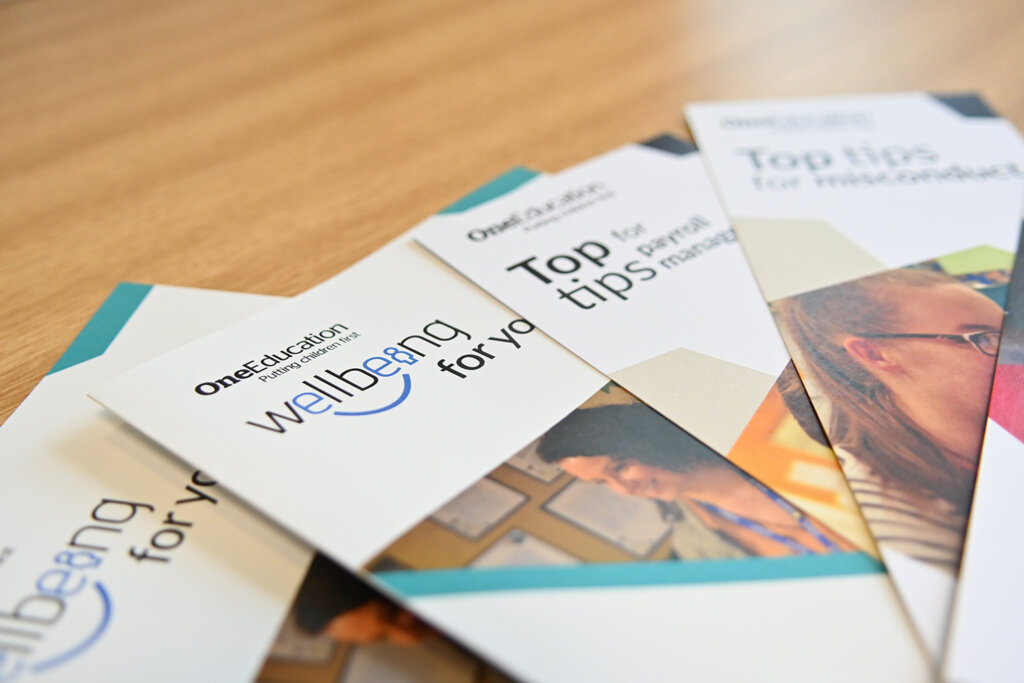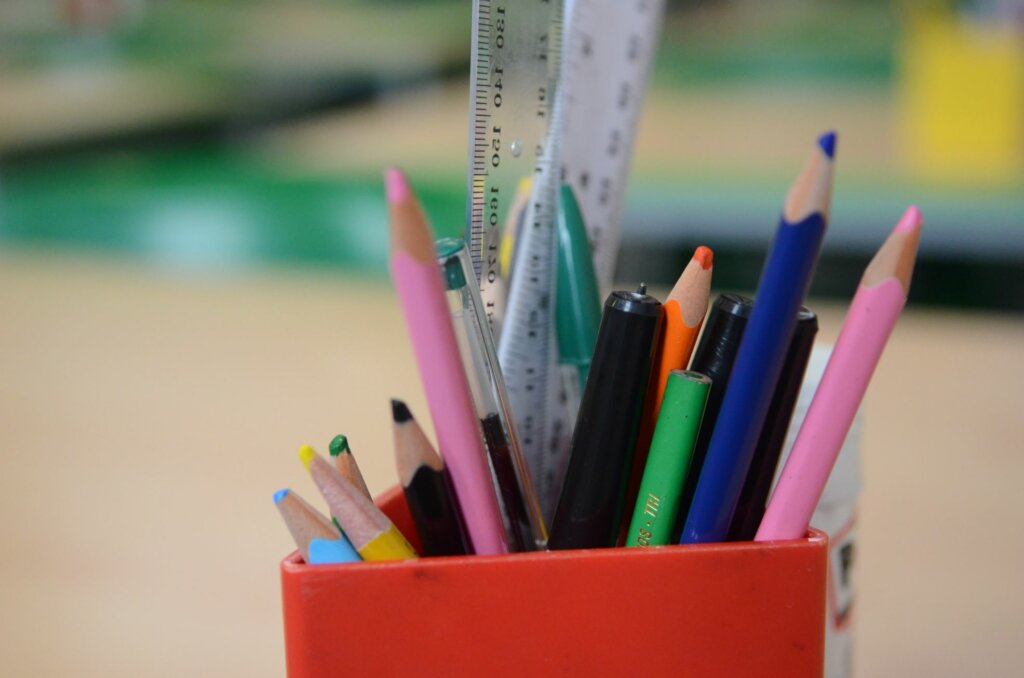The Increasing Demand for EHCPs
Across education settings, the demand for Education, Health and Care Plans (EHCPs) has risen sharply, reflecting the growing complexity of needs among children and young people. While EHCPs provide vital statutory support, the assessment process can be lengthy, leaving many pupils without immediate intervention.
Schools are increasingly navigating pressures around resources, waiting times, and staff capacity, raising concerns about how to effectively support children in the interim – particularly those with Social, Emotional, and Mental Health (SEMH) needs and Special Educational Needs and Disabilities (SEND).
The Importance of Support – With or Without an EHCP
Children and young people do not need an EHCP to deserve, require, or benefit from additional support. In fact, many pupils who struggle with SEMH and SEND challenges fall below the threshold for an EHCP yet still experience significant difficulties in learning, emotional regulation, and social interaction. Schools must be equipped to provide early, responsive interventions that:
- Prevent escalation to crisis levels
- Reduce school-based anxiety and school avoidance
- Support emotional well-being alongside academic progress
- Build resilience and coping strategies
- Strengthen inclusive classroom practices
How Creative Arts Therapy Can Bridge the Gap
Creative Arts Therapists – whether drama, art, music, or play therapists – provide specialist, therapeutic interventions that address the emotional and psychological barriers to learning for children with SEMH and SEND needs. While an EHCP can unlock long-term tailored provision, Creative Arts Therapy offers timely, accessible support that:
1. Supports Emotional Regulation & Wellbeing
Many children with autism, ADHD, attachment difficulties, trauma histories, or sensory processing challenges struggle with emotional regulation. Therapy sessions use creative, non-verbal and sensory-based approaches to:
- Reduce anxiety, overwhelm, and dysregulation
- Provide safe, structured spaces for emotional expression
- Develop self-awareness and coping strategies
2. Improves Communication & Social Interaction
Children with speech, language, and communication needs (SLCN), selective mutism, or social anxiety often find verbal communication difficult. Creative therapies allow for expression through play, movement, music, and imagery, helping to:
- Build confidence in non-verbal and verbal expression
- Strengthen social skills, relationships, and peer interactions
- Reduce isolation and school disengagement
3. Strengthens Engagement & Inclusion in School
For children at risk of school exclusion, emotionally based school avoidance (EBSA), or low attendance, therapy helps them feel more secure, valued, and connected within their school environment. It also:
- Addresses the emotional barriers impacting behaviour and engagement
- Supports positive transitions for children struggling with change, new routines, or reintegration after absence
- Works alongside SENCOs, teachers, and pastoral teams to embed trauma-informed and neurodiversity-affirming practices
Embedding Creative Arts Therapy in School-Based Support
Even where an EHCP is being applied for, Creative Arts Therapy can offer vital, immediate support that:
- Runs alongside the EHCP process, ensuring children do not fall through gaps while waiting for assessments
- Provides evidence to support EHCP applications, demonstrating impact on engagement, behaviour, and wellbeing
- Strengthens early intervention, reducing the need for crisis referrals or escalation to more restrictive provisions
A child’s need for support should not be determined solely by an EHCP. Creative Arts Therapy is a proactive, strengths-based approach that ensures children and young people receive the emotional and relational support they need – when they need it. By embedding therapy within universal, targeted, and specialist provisions, schools can create inclusive, nurturing environments where all learners can thrive, regardless of their diagnosis or legal status of support.
